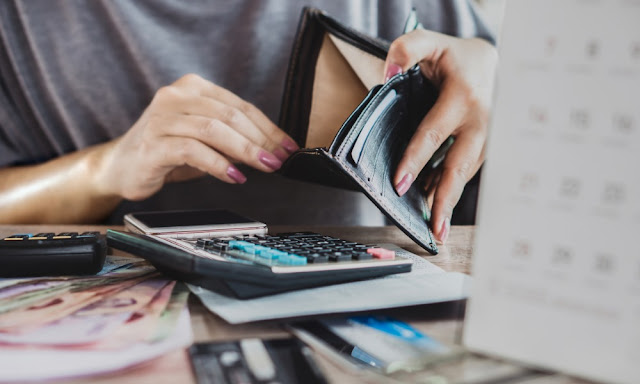The act of buying special things for yourself in order to feel better when you are unhappy. Shopping Therapy also known as Retail Therapy, is shopping with the primary purpose of improving the buyer's mood or disposition. It occurs either due to people taking pleasure in shopping or during periods of depression or stress. Items purchased during periods of retail therapy are sometimes referred to as "comfort buys" (compare comfort food).
While “therapy” isn’t quite the word I’d use to describe the positive effects of shopping, there are indeed psychological rewards.
Remember that saying, “When the going gets tough, the tough go shopping?" Some people might enjoy going "window shopping" to look at items they want, even if they are not planning to purchase them. Others benefit from an emotional boost they may receive when spending money.
HOW DOES SHOPPING MAKE YOU FEEL BETTER?
Brings happiness: You can get an emotional and psychological boost from visiting stores or even browsing online.
Anticipating the possibility of a treat or reward releases a hormone called dopamine in your brain. This causes you to feel good. Dopamine makes you want to keep finding ways that make you feel good.
Distraction: Getting out of your house and going shopping may provide a distraction from whatever’s making you feel sad.
The brightly lit and colorful displays at the stores can take you away from your own reality. This works with online shopping, too.

Social interaction: Shopping gets you out of the house and into a mall with other people. In a survey, participants shopped alone, but the act of shopping gave them a connection to society.

Helps you feel in control: Sadness is generally associated with a feeling that you can’t control what’s happening in your life. The act of making choices, when shopping, can restore your feeling of control over your life. Buying things you enjoy can be much more effective at giving you a sense of control in your life compared to not shopping.

WHAT HAPPENS IN THE BRAIN DURING SHOPPING THERAPY?
Endorphins are neurotransmitters (chemical messengers) that send signals throughout the brain and nervous system. They help reduce the sensation of pain and promote feelings of pleasure.
Retail therapy involves elements of expectancy and surprise, which trigger an endorphin release.
Endorphins also work with dopamine, another neurotransmitter known as the "happy hormone." So, each new shopping adventure unleashes more mood-enhancing chemicals in the brain and body.
CAN SHOPPING THERAPY BE HARMFUL?
The problem comes when a person begins shopping compulsively and the brain begins to crave more shopping as a form of therapy. It is important to understand that a shopping high is only temporary and will not provide what you really need in the long run. While retail therapy can provide some benefits, there are also several potential disadvantages to consider:
Financial Strain:
Engaging in retail therapy can quickly become expensive, leading to financial strain and debt. Overspending can cause long-term financial problems and interfere with one’s ability to meet basic needs.
Addiction:
For some individuals, such therapy can become an addiction, leading to compulsive shopping behaviors and negative consequences such as financial problems, relationship issues, and declining mental health.
Environmental Impact: It can also have negative environmental consequences, as the production and transportation of consumer goods can contribute to greenhouse gas emissions and other environmental problems. Supporting Unethical Practices: Engaging in it without considering the ethical practices of the companies being supported can contribute to environmental degradation, labor exploitation, and other unethical practices.
Not a Sustainable Solution: While such therapy can temporarily relieve negative emotions, it’s not a sustainable or long-term solution to underlying emotional issues. It’s important to address the root causes of emotional distress and develop sustainable coping mechanisms over time. HOW TO CURB SHOPPING THERAPY?
The first key to curbing retail therapy is understanding what drives you to spend. What moods or things will tempt you to make unplanned purchases? If you know your spending triggers, you can find ways to combat and/or avoid those spending temptations entirely.
Use the 48-Hour Rule: Give yourself 48-hours to think about a specific purchase decision and its impact on your monthly budget. During the 48-hour period, ask yourself if you really need the item — and if it’s really worth it to you. Most of the time, the 48-hour rule will help you be more objective with your buying decisions.
Treat Yourself with Small Purchases (Within Your Budget): There’s nothing wrong with emotional spending if you have it part of your budget and keeping your overall financial goals on track. You only get in trouble when you put yourself into debt and lose control.
Shopping – in moderation – can be really helpful when trying to put a bad day to rest.
Sometimes, walking around the mall while scarfing down a soft pretzel is exactly what you need. Bringing along friends can also be a great form of retail therapy, as you can all complain about your crappy days together.














Comments
Post a Comment